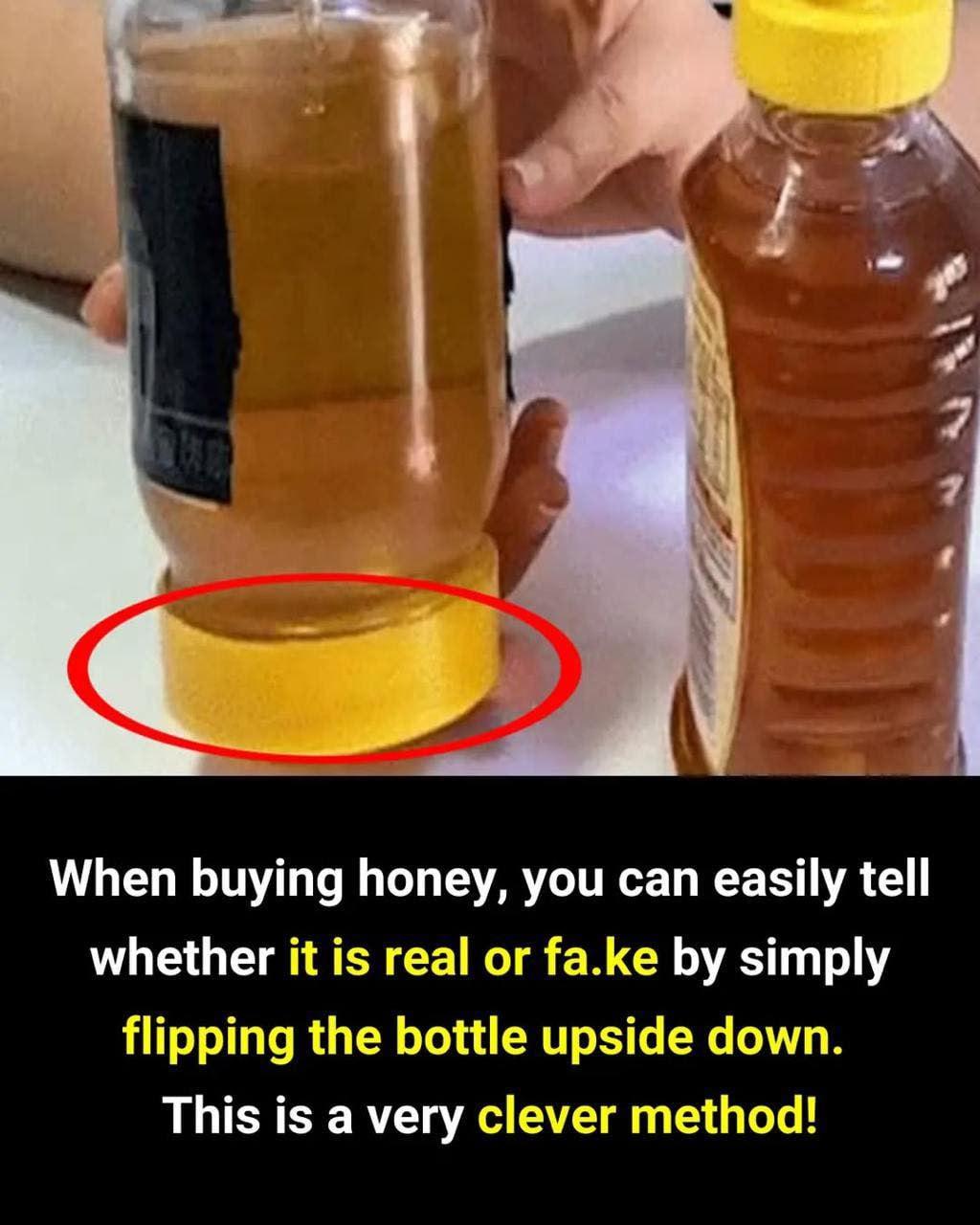Test #2: The Water Drop Test
Another simple and effective way to test honey at home is the water glass method, which checks for natural consistency — something fake honey can’t replicate.
What to do:Water testing kitsLocal honey brands
Fill a clear glass with water.
Take a spoonful of honey and gently drop it into the center of the glass.
Observe what happens.
What you’ll see:
Real honey: It sinks to the bottom in a tight, heavy stream and settles as a clump. It stays separate from the water and dissolves slowly.Water testing kitsLocal honey brands
Fake honey: It dissolves immediately, spreading out like syrup or sugar water. That’s because fake honeys are often diluted or made from liquid sugar.
This test lets you see the purity of honey with your own eyes — no guesswork involved.
Test #3: Crystallization — Nature’s Signature
Local honey brandsOrganic sweeteners
Here’s a fact that surprises many: real honey crystallizes — and that’s a good thing.
Many people wrongly assume that crystallized honey has gone bad. But in truth, crystallization is a natural process that occurs when the glucose in honey separates from water and forms crystals.
What to look for:
Real honey: It will begin to crystallize over time, especially when stored below 57°F (14°C). Crystallization may look grainy or create a sugary texture at the bottom of the jar.
Fake honey: It usually does not crystallize and remains syrupy and watery. That’s because it lacks the natural sugars and enzymes that encourage crystal formation.Water testing kitsLocal honey brands
Tip: If you prefer smooth honey, place the jar in warm (not boiling) water and stir gently until it liquefies again.
Bonus Test: The Thumb Test

